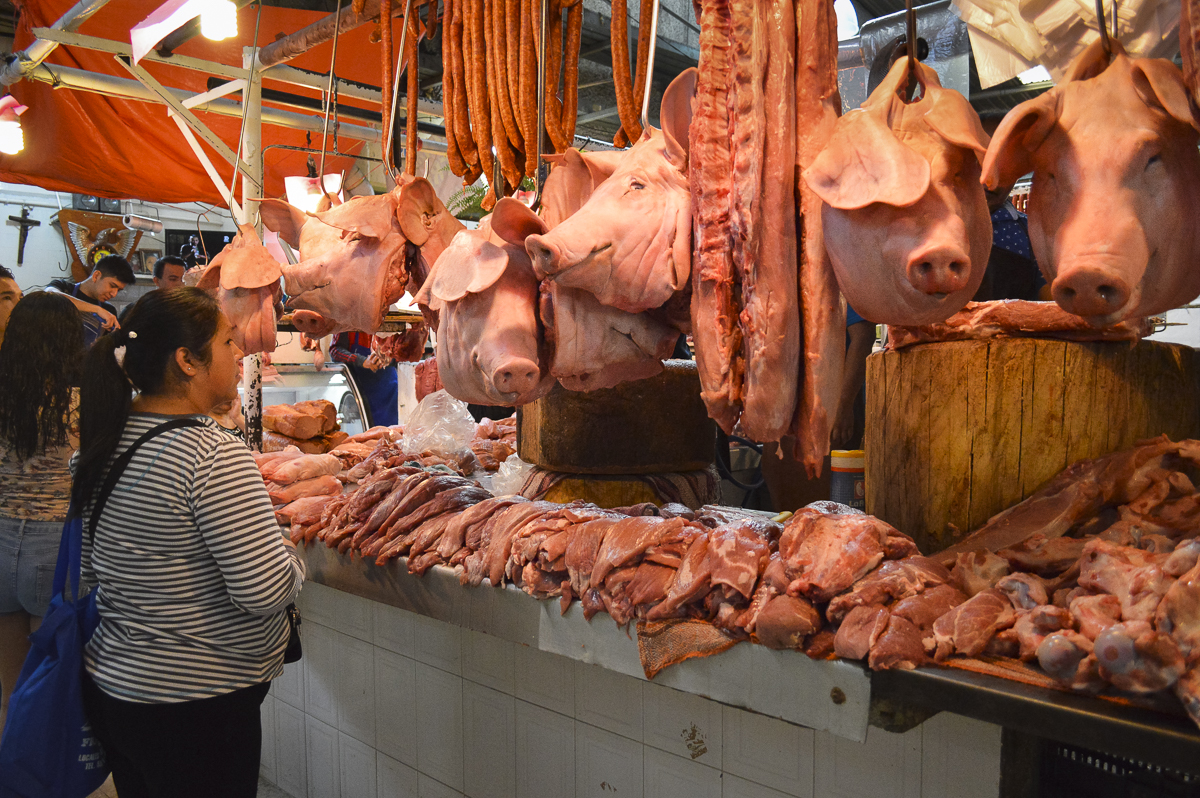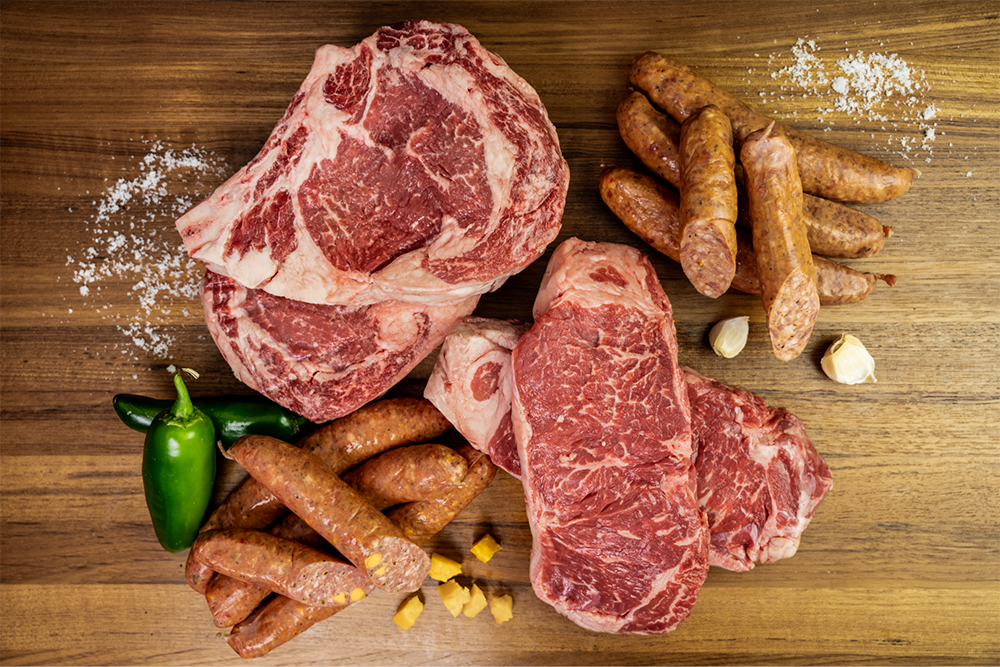Discover the Local Flavor at Bagley Farms Meat Market Edwardsville IL: Fresh and Delicious
Discover the Local Flavor at Bagley Farms Meat Market Edwardsville IL: Fresh and Delicious
Blog Article
Uncover the Art of the Butcher's Cut in a Modern Meat Market
In the ever-evolving landscape of modern meat markets, the butcher's cut has transcended its traditional roots, combining olden craftsmanship with contemporary methods. What really sets the modern-day butcher apart is their ability to create a much deeper connection between consumers and the origins of their meat.
Evolution of Butchery Strategies

The mid-20th century saw butchery strategies additionally fine-tuned by clinical understandings right into muscular tissue biology and meat aging, improving both inflammation and taste. Advancements like vacuum product packaging and refrigeration extended product shelf-life, permitting butchers to branch out offerings and boost quality assurance. This period likewise noted the rise of customized devices, such as band saws and meat slicers, which increased accuracy and performance in meat processing.
Electronic systems now aid in tracking animal provenance and enhancing cuts to satisfy certain consumer preferences. In addition, a resurgence in artisanal butchery has arised, blending conventional abilities with modern-day expertise to cater to consumers seeking moral and lasting meat choices.

Comprehending Meat Cuts

Comprehending the ins and outs of meat cuts is vital for both butchers and customers looking for quality and value. For butchers, precise cuts reflect skill and respect for the craft, making certain very little waste and optimal yield.
The main classifications of meat cuts consist of primitive, sub-primal, and retail cuts. Primitive cuts, such as the loin, rib, and chuck, are the big areas at first separated from the carcass. Butchers after that break these down further into sub-primal cuts, before ultimately producing retail cuts available to consumers, like ribeye or tenderloin. Each phase requires careful interest to anatomical framework and muscle mass structure.
Understanding muscular tissue make-up is critical; muscles made use of much more often by the animal tend to be harder and are best fit for slow food preparation approaches, while less-used muscle mass, like those found in the loin, are more tender and ideal for grilling or roasting. Knowledge with these distinctions equips consumers to make educated options, improving their cooking endeavors.
Selecting Quality Meat
Picking the appropriate meat involves even more than simply selecting a visually appealing item from the display screen. The art of picking top quality meat our website requires a critical eye and expertise of particular attributes that represent quality and quality.
Secondly, take into consideration the marbling, which refers to the white flecks of fat within the muscular tissue. Proper marbling is a crucial indicator of inflammation and flavor, as it thaws throughout cooking, enhancing the meat's juiciness. Remember, greater marbling commonly associates with exceptional quality cuts, such as USDA Prime.
Structure is an additional important aspect; meat ought to feel firm to the touch, not slimed or excessively soft. In addition, bear in mind the scent. Fresh meat ought to have a clean, neutral scent, complimentary from any type of sour or off-putting odors.
Pairing Cuts With Food Preparation Methods
Effectively combining cuts of meat with the proper cooking methods is important for accomplishing ideal flavor and appearance. These approaches improve the meat's natural flavors and ensure go to the website a juicy finish.
On the other hand, tougher cuts like brisket and chuck roast are abundant in collagen, which breaks down right into jelly when cooked slowly. These cuts are ideal for braising or slow-moving roasting, permitting the meat to soften with time and establish deep, intricate tastes. In a similar way, cuts such as short ribs and pork shoulder make out well with slow-cooking approaches, where expanded cooking times change their robust textures right into succulent dishes.
Lamb shanks and oxtail, which require long term cooking to tenderize, are ideal prospects for stewing or sluggish simmering. These approaches coax out rich, passionate tastes while maintaining moisture. By understanding the special characteristics of each cut, chefs and home chefs alike can elevate their cooking creations, ensuring each meal is both satisfying and remarkable.
The Butcher's Role Today
Navigating the evolving landscape of the modern-day meat market, the butcher's function today prolongs beyond plain prep work of cuts. Contemporary butchers are culinary craftsmens, educators, and advocates for sustainable practices.
In enhancement to crafting specific cuts, butchers now engage directly with clients, supplying cooking suggestions and customizing options to match specific demands and choices. Their know-how in meat aging, marbling, and taste accounts empowers consumers to make informed decisions, improving their culinary experiences. This customized service exemplifies the butcher's developing look at this now function as a relied on expert in the kitchen area.
Furthermore, butchers are critical in minimizing waste, utilizing entire pets to develop varied items such as sausages and supplies - bagley farms meat market edwardsville il. This detailed method not just respects the animal but additionally lines up with contemporary sustainability goals. By doing this, the modern butcher embodies both custom and technology, adjusting to an ever-changing market while preserving the creativity and honesty of their craft

Conclusion
Mastery in comprehending varied meat cuts and top quality indications encourages butchers to provide informed suggestions, aligning particular cuts with ideal cooking approaches. By recognizing historical practices while welcoming modern needs, the butcher's duty continues to be vital in today's advanced meat market.
Report this page